People active in the field of data economy may already know about the Gaia-X concept. Gaia-X is a Franco-German initiative to create a common European data ecosystem and strengthen Europe’s digital independence and competitiveness.
The big question is how?
Gaia-X’s achievements will be apparent over time. But they depend on many factors: how effectively Gaia-X will be involved in the European digital market, how successfully it will help restore European digital sovereignty, and what benefits it will create for European consumers and how long it will take.
Gaia-X aims to design an infrastructure that enables sovereign data exchange.
Europe needs more innovation, especially in digital technologies. These can help to improve production, reduce waste and emissions, increase competitiveness, introduce new products and services to consumers and boost prosperity in Europe.
To succeed in this, Europe needs to keep developing data-driven innovations that bring real benefits not only to business and the public sector but to individuals. A well-functioning
data economy
Data economy
An area of the economy where the collection and use of data are a key part of activities.
Open term page
Data economy
needs rules and standardised procedures built on trust and fairness. This is what Gaia-X is essentially about.
Finland could be strong in transnational projects
There are already Gaia-X success stories from abroad, but first let’s consider Gaia-X in Finland.
The Finnish Gaia-X Hub was launched in June 2021 and is now part of the Gaia-X pan-European journey. This is an opportunity to actively promote a sustainable and innovative data economy in Finland and elsewhere in Europe. But how?
For one thing, through new innovative use cases. For the moment the most active contributors in Gaia-X are Germany, France, Italy and the Netherlands, where transnational projects are being built and so-called vertical ecosystems have been recognised within Gaia-X. Vertical ecosystems, also called data spaces, include sectors ranging from transport to energy, agri-food, financial services, health, manufacturing, geoinformation, the public sector, together with other sectors.
A collaborative environment based on transparent rules fuels innovation. It also offers an opportunity to tackle problems, work towards more responsible future and participate actively in the data economy development in Europe. Transnational cooperation can improve efficiency and increase competitiveness and business processes through standardisation and access to data.
A better knowledge of data will help to develop its use and have better control of our own data. To do that, data needs to be shared securely, where the rights and interests of individuals and businesses are protected.
The idea of transnational or cross-border projects is the opportunity to create new solutions and business models with others based on data sharing. The Gaia-X data spaces were created to advance the ecosystem approach for data sharing in cross-border and cross-sector collaboration to boost innovation in Europe.
“It is the right time to think how Finland can react to these activities from its own perspective and how to get into transnational projects,” said Erja Turunen, Executive Vice President, Digital technologies, VTT and a Board Member of the Gaia-X European Association for Data and Cloud (AISBL) at Sitra’s Gaia-X virtual forum, held recently. “There are transnational activities where Finland could even have a strong position and get access to the European networks and for that purpose, we need good business cases.”
The AISBL is an organisational structure of Gaia-X that promotes this development.
Use cases show how Gaia-X might work in practice
According to Ilkka Lakaniemi, Director of the Center for Knowledge and Innovation Research (CKIR) at Aalto University School of Business, one of the key enablers for the future of Gaia-X are use cases.
Different use cases have been already submitted from industries in various Gaia-X Hubs.
The maturity of use cases varies: some are more developed and can be implemented; others need support for further development. So the national Gaia-X Hubs play an important role in the process by identifying, developing and helping to implement new use cases.
Those interested in exploring the benefits of Gaia-X and the potential of use cases can join national level domain working group(s), which are connected to corresponding European level working groups.
Making data-enabled business simpler will in turn help us get a better understanding on how data flows within a sector and within value chains and value networks. That is the key part of the Gaia-X network.
Use cases open new opportunities to develop cross-sectoral and sector-specific needs and enable the creation of new value from data. Lakaniemi further stressed the importance of making data-enabled business simple enough so that companies could, for instance, build digital twins for their operations and different types of data flows.
Making data-enabled business simpler will in turn help us get a better understanding on how data flows within a sector and within value chains and value networks. That is the key part of the Gaia-X network.
The advantage of the Gaia-X network lies in the scope for finding partners with whom data-driven business can be created through cooperation, between countries, sectors and companies.
Gaia-X plays an important role in creating frameworks, handbooks and guidelines on how companies can address data driven businesses.
Catena-X: An example of a data-driven value chain in automotive manufacturing
One of the best known business cases within Gaia-X is the Catena-X, an automotive network funded by the German Federal Ministry for Economic Affairs and Energy. Catena-X has built the first operating ecosystem for a data-driven value chain in which dealer associations and equipment suppliers, including the providers of applications, platforms and infrastructure, automotive manufacturers and suppliers participate in developing the ecosystem. The Catena-X network includes strong industry partners such as Volkswagen, BMW, Mercedes-Benz, ZF Group and more.
“The idea is to offer the most user-friendly environment for building, operating and collaboratively using end-to-end data chains, along the entire automotive value chain”, explained Sebastian Schlosser, Steering Government and External Affairs, Mobility and Digital Car at BMW Group.
Catena-X has built the first operating ecosystem for a data-driven value chain in which dealer associations and equipment suppliers, including the providers of applications, platforms and infrastructure, automotive manufacturers and suppliers participate in developing the ecosystem.
The result is expected to be a single ecosystem within the automotive industry. Through this ecosystem the industry will be able to respond more efficiently to the challenges of digital transformation and better use the opportunities of digitalisation.
It will also increase the competitiveness of the automotive industry. One reason why small and big players join the ecosystem is to work together and to overcome business challenges by exchanging data and collaborating across sectors.
Catena-X’s vision and guiding principles offer open and non-discriminatory access to the network for all market participants. Security is important, not only the security of the system but of data.
The Catena-X automotive network has three dimensions. One concentrates on 10 use cases explicitly. A second aims to develop an operating system to make use cases deployable, and a third is a transfer concept involving the activation and onboarding of users and providers, with a focus on SMEs.
“A common approach is important in order to move forward in the same direction”, stressed Schlosser.
Security is important, not only the security of the system but of data.
Catena-X is an example of collaboration with other big automotive industry players. This was a challenge because approaches differ even within the same industry.
Yet, as Schlosser explained, these big players also realised that there are similar issues to tackle, and that it is important to invest in digital initiatives. The whole Catena-X ecosystem will only work when all partners, small and big, will be able to generate benefits.
The challenge of creating new business based on sharing data fairly
The idea of data sharing is not new in Finland. Many Finnish companies have been active in data sharing for a number of years – not to mention Sitra’s work on the fair data economy and
data-sharing ecosystems
Data ecosystem
Several data networks can form a data ecosystem, “a network of networks”, in which the members collaborate with each other to share and use data, as well as to boost innovation and new businesses.
Open term page
Data ecosystem
.
Even though the topic is not new, creating a new business based on data-sharing in a fair environment could be difficult. It might take time to create confidence and trust between partners, to have a mutual and clear vision, to understand how to achieve goals and work together. But it is possible.
Within Gaia-X there are already good examples and good experiences to share on what tools are needed when creating data-sharing ecosystems. These examples comprise use cases that were positioned within the European Gaia-X network.
It might take time to create confidence and trust between partners, to have a mutual and clear vision, to understand how to achieve goals and work together. But it is possible.
The Gaia-X network is growing. It already has 14 national hubs established throughout Europe. One of the early Gaia-X pioneers is the German Gaia-X Hub.
“The work of a national hub is very important. The hub is a first point of contact for anyone who is interested in Gaia-X. This includes raising awareness about Gaia-X, shaping the value propositions that Gaia-X brings to different actors, from small companies to large companies. The task of the hub is to show where the benefits of Gaia-X are and how to use it to the best advantage”, explained Peter Kraemer, Coordinator of the German Gaia-X Hub.
Over 540 organisations are already involved in the German Gaia-X Hub, ranging from large companies, SMEs, universities to associations and public sector participants, and involving over 120 use cases, 950+ members and 10 domains.
Focus on strong areas, such as manufacturing or circular economy
So what are the opportunities for Finland?
Compared to Germany, Finland does not have such supportive national funding programmes that would help businesses be more active on Gaia-X. This should change.
In the meantime, existing opportunities should be explored, including the scope to use tools such as Gaia-X and connect them to Digital Europe Programmes and other initiatives.
In Finland, there are opportunities in strong use cases. And it is good to focus on areas where Finland has a strong sectoral starting point, be it in manufacturing, agriculture, circular economy, logistics or tourism.





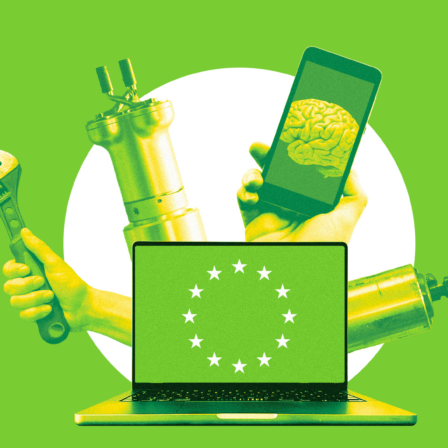
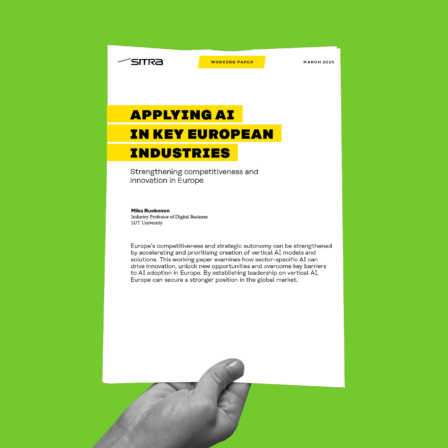

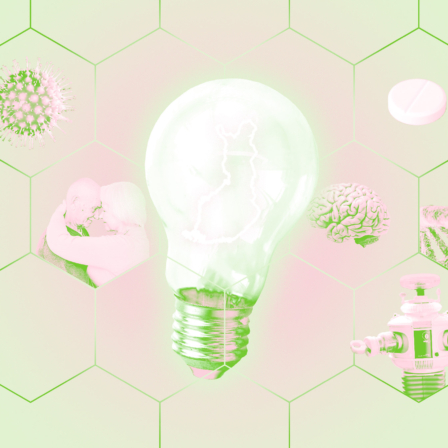
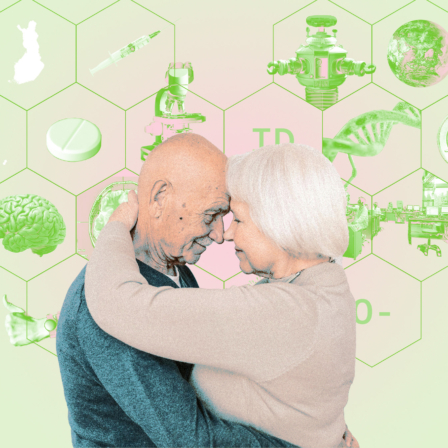
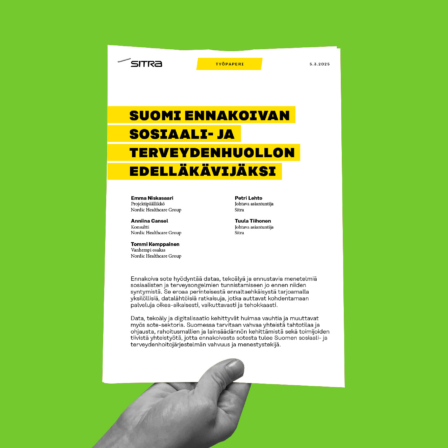

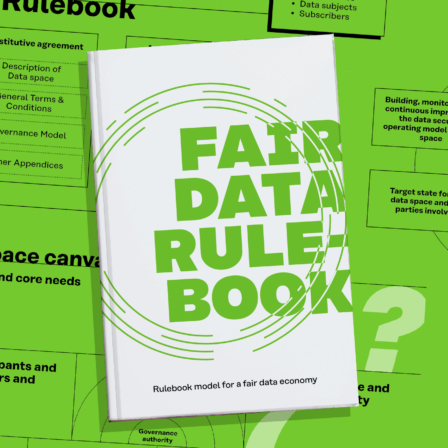
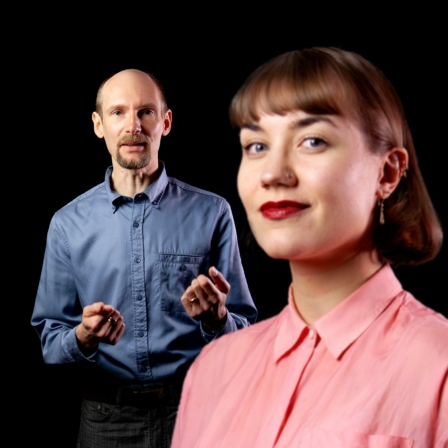
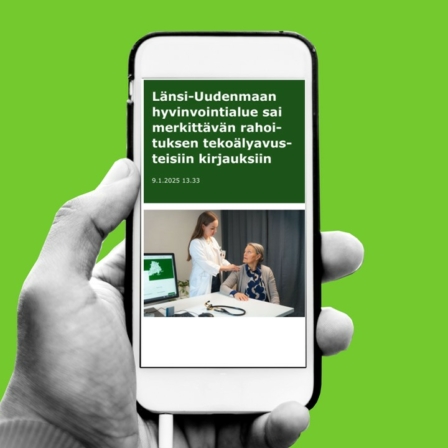
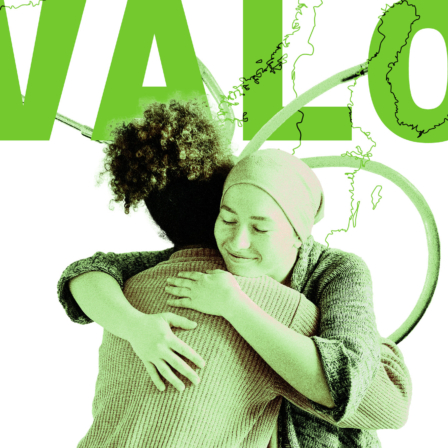

Recommended
Have some more.